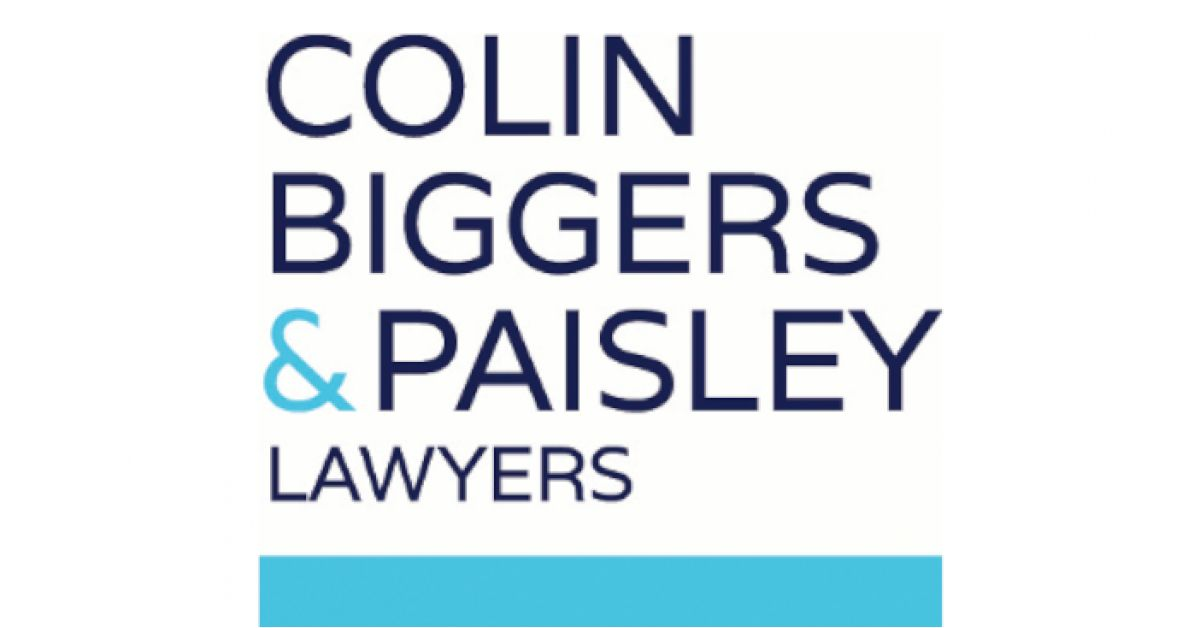In brief - The COVID-19 Omnibus (Emergency Measures) (Commercial Leases and Licences) Miscellaneous Amendments Regulations 2020 (Amending Regulations) came into force on 29 September 2020.
What do the amendments mean?
The Amending Regulations extend the relevant period for rent relief to 31 December 2020 and, importantly, clarify a number of areas of the COVID-19 Omnibus (Emergency Measures) (Commercial Leases and Licences) Regulations 2020 (Principal Regulations) which had created uncertainty for both landlords and tenants, including the power of the Small Business Commission to resolve rent relief disputes which do not settle.
In this article we cover:
The key features of the amendments
Requirements for a tenant's application for rent relief
Considerations a landlord must take into account when offering rent relief
When a tenant can apply for subsequent rent relief request
What happens when a tenant under an eligible lease ceases to be entitled to JobKeeper
The expanded role of the Small Business Commission and its power to make binding orders
Key features of the amendments
1. the definition of an "eligible lease" has been changed. The tenant is still required to be a small business entity (SME) and to be on JobKeeper, but the requirement to be an employer has been removed;
2. a tenant under an eligible lease is now not in breach of its lease if it fails to pay outgoings during the relevant period, ending 31 December 2020 (this previously just covered rent);
3. the regulations now prescribe what the tenant's application for rent relief must include (see below);
4. the landlord's offer of rent relief must now: relate to the period starting on the date of the tenant's request for rent relief and ending on 31 December 2020; be, at a minimum, proportional to the decline in the tenant's turnover associated with the premises; have no regard for the landlord's ability to offer rent relief;
5. a tenant under an eligible lease may now make a subsequent rent relief request (in addition to where their financial circumstances have materially adversely changed) if: a previous rent relief agreement reached was not, at a minimum, proportional to the decline in the tenant's turnover associated with the premises; or the agreed rent relief does not apply to the period ending 31 December 2020;
6. landlords cannot request the payment of deferred rent until 31 December 2020 (this applies retrospectively to current rent relief agreements);
7. there are new provisions providing for a tenant (but not a landlord) to request that the Small Business Commissioner make a binding order for rent relief;
8. the effect of a tenant ceasing to be on JobKeeper is that (generally) if a tenant on JobKeeper made its request for rent relief or agreed on rent relief with its landlord, then the lease remains eligible.
What must a tenant's application for rent relief include?
The Amending Regulations now prescribe that a tenant's application for rent relief must include:
- a statement from the tenant that the tenant's lease is an eligible lease, the lease is not excluded under the Act and the tenant's decline in turnover associated with the premises and no other premises (calculated in accordance with the actual decline in turnover applying to the tenant relating to the most recent turnover test period);
- the receipt number issued by the ATO when the tenant enrolled in JobKeeper;
- a copy of the tenant's most recent notice to the ATO under the JobKeeper rules;
- information that: the tenant is an SME entity evidences the tenant's decline in turnover including at least one of: extracts of the tenant's accounting records; the tenant's BAS statements for the relevant turnover test period; the tenant's bank account statements; or
- a statement prepared by a practising accountant.
The "turnover test" in relation to the tenant's decline in turnover associated with the premises has been defined to explicitly exclude coronavirus economic response payments.
What must the landlord take into account when offering rent relief?
A landlord's offer of rent relief must be at a minimum proportionate to the decline in a tenant's turnover associated with the premises. The landlord's offer of rent relief must now apply to the period starting on the date of the tenant's request for rent relief and ending on 31 December 2020.
The requirement in the Principal Regulations that the landlord's offer of rent relief take into account the landlord's financial ability to offer rent relief has been removed. However, the offer of rent relief must still be "based on all the circumstances of the eligible lease."
When can a tenant apply for subsequent rent relief?
A tenant is only entitled to apply for subsequent rent relief if:
- the tenant’s financial circumstances materially change;
- an agreement for rent relief was made prior to the commencement of the Amending Regulations that does not allow for, at a minimum, proportionate rent relief; or
- the agreement does not apply to the period ending 31 December 2020.
What changes if a tenant ceases to be entitled to JobKeeper but a rent relief agreement applies?
Generally, where a tenant under an eligible lease ceases to be entitled to JobKeeper and a rent relief agreement applies, then while the rent relief agreement applies, the following regulations continue to apply:
- a tenant under an eligible lease is not in breach of its lease if it fails to pay rent or outgoings during the relevant period, reduces its hours of operation or closes its premises;
- rent increases are prohibited during the relevant period;
- a landlord must consider waiving outgoings if the tenant cannot operate from the premises during the relevant period;
- a landlord must pass on the tenant's proportionate share of any reduction in outgoings payable in respect of the premises;
- a landlord must offer a lease term extension if the payment of rent is deferred; deferred rent cannot be payable before 31 December 2020; and interest or other fees cannot be charged on the deferred rent.
Expanded role of the Small Business Commission
The procedures of applying for mediation of an eligible lease dispute under the Principal Regulations have been expanded and new application forms will be available on the Victorian Small Business Commission's website.
The Amending Regulations allow tenants (but not landlords) to request that the Small Business Commission make a binding order for rent relief where:
- there is a rent relief dispute; and
- the Small Business Commissioner has issued a certificate certifying that mediation has failed, or is unlikely to be successful and the landlord has either:
- failed to respond to a dispute notice in the form required; or
- has not engaged in mediation in good faith.
Small Business Commission's power to make a binding order
Other important aspects of the Small Business Commission's power to make a binding order include:
- that there will be no hearing for an application for a binding order and therefore applications must be determined on the papers;
- applications may be submitted to amend or revoke a binding order and if such amendment or revocation is granted then the Small Business Commission must give a copy of the amended order, or notice of the revocation, to both the landlord and the tenant within 5 business days;
- the evidentiary status of statements made during mediation and the binding order process are generally not admissible at VCAT, unless the Tribunal otherwise orders;
- the Small Business Commission has the power to sever, divide or combine matters that are the subject of an eligible lease dispute; and
- the matters to which VCAT must have regard in a proceeding relating to an eligible lease dispute have been expanded to facilitate review of a binding order and it includes, for example, the conduct of a landlord and the tenant since the binding order came into effect.
Binding orders for rent relief are reviewable by VCAT on application of either party.










